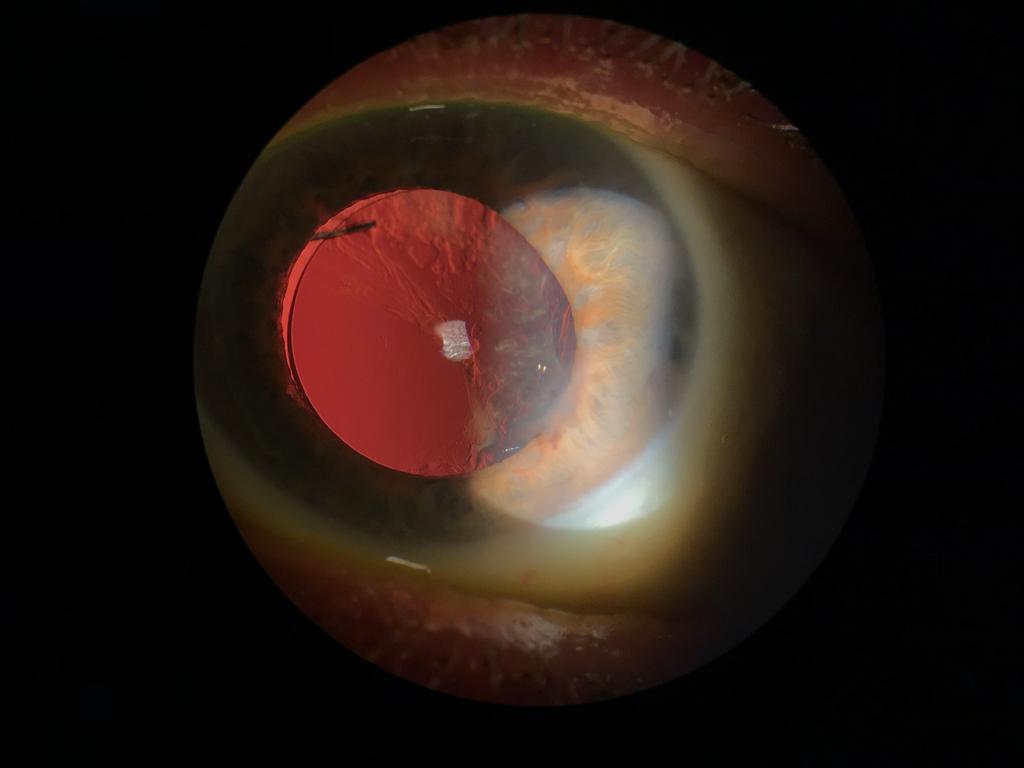Is it possible for cataracts to return?
Cataracts do not grow back once surgeons remove them. However, some people may experience cloudiness or blurriness in their vision after cataract surgery. This is due to a condition called posterior capsule opacification (PCO). So, can cataracts grow back as PCO? While the cataract itself does not return, PCO can cause similar symptoms. Specifically, the back part of the lens capsule, where the surgeon places the artificial lens, becomes cloudy.
Patients may notice symptoms of PCO, such as decreased visual acuity, glare, and other visual disturbances. In addition, PCO may worsen over time if left untreated.

Risk Factors
PCO affects 20-50% of patients within 2 to 5 years after cataract surgery. Moreover, children, due to higher LEC activity, show a significantly higher incidence, reaching 100%. Furthermore, younger age, diabetes, uveitis, myotonic dystrophy, retinitis pigmentosa, and traumatic cataracts increase the risk.
Fortunately, doctors can treat PCO effectively with a laser procedure called Nd: YAG laser capsulotomy. During this procedure, a laser creates an opening in the cloudy posterior capsule. As a result, light can pass through and restore clear vision. This procedure is common, safe, and typically performed in an outpatient setting.
Finally, it’s important for people who have had cataract surgery to attend regular follow-up appointments with their eye care provider. These visits help monitor vision and address any issues, such as PCO, if they arise.







